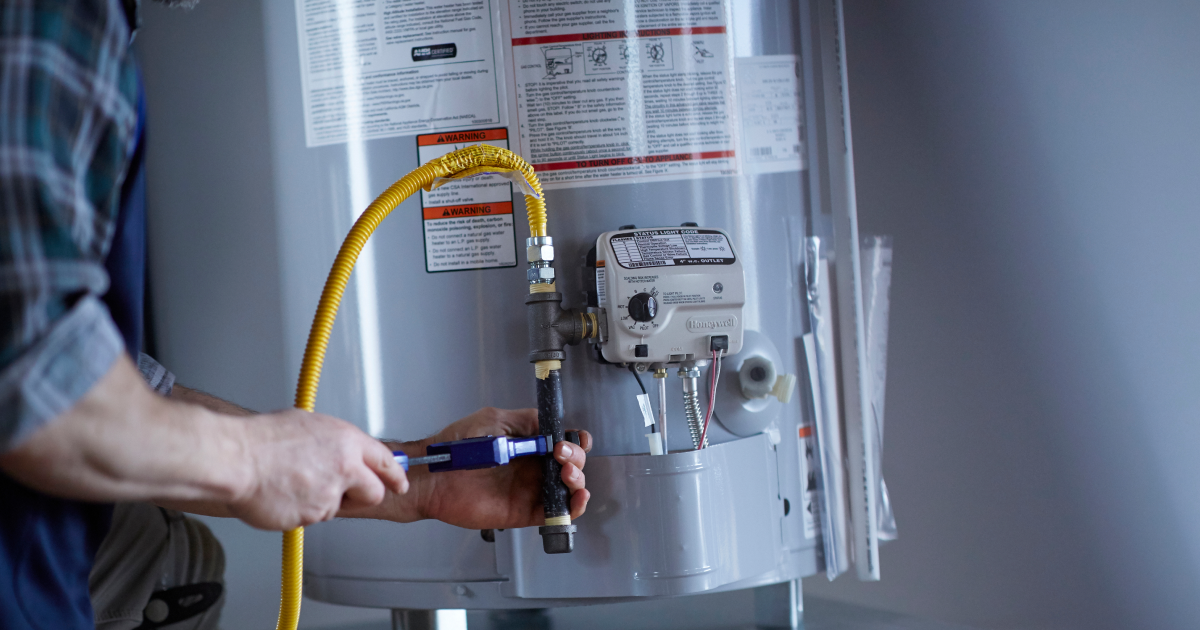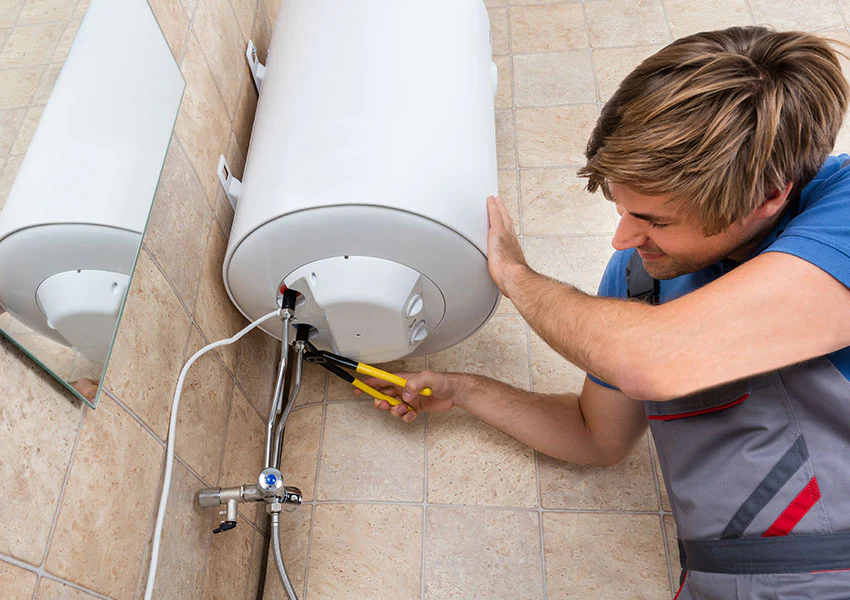We've uncovered this post relating to How to Maintain a Hot Water Heater in a Few Simple Steps below on the web and believe it made good sense to write about it with you here.

Warm water is important for day-to-day convenience, whether it's for a rejuvenating shower or cleaning meals. To guarantee your hot water system runs successfully and lasts much longer, normal maintenance is key. This article supplies practical ideas and understandings on just how to keep your home's hot water system to prevent disruptions and expensive repairs.
Intro
Maintaining your home's warm water system might appear challenging, yet with a few simple actions, you can guarantee it runs smoothly for several years ahead. This guide covers everything from understanding your warm water system to DIY maintenance pointers and knowing when to employ specialist help.
Value of Keeping Your Hot Water System
Routine upkeep not only prolongs the life-span of your warm water system but likewise guarantees it operates effectively. Ignoring upkeep can lead to reduced effectiveness, higher energy bills, and even premature failing of the system.
Indicators Your Hot Water System Needs Upkeep
Knowing when your hot water system needs attention can stop significant concerns. Keep an eye out for indicators such as inconsistent water temperature, odd sounds from the heater, or rusty water.
Comprehending Your Hot Water System
Prior to diving into maintenance tasks, it's helpful to understand the fundamental elements of your warm water system. Normally, this consists of the water heater itself, pipes, anode rods, and temperature level controls.
Regular Monthly Upkeep Tasks
Regular monthly checks can aid capture minor concerns before they intensify.
Flushing the Water Heater
Flushing your hot water heater gets rid of debris buildup, improving performance and lengthening its life.
Monitoring and Changing Anode Rods
Anode rods prevent corrosion inside the tank. Inspecting and changing them when broken is critical.
Checking and Changing Temperature Settings
Adjusting the temperature level settings guarantees optimal efficiency and safety.
Do It Yourself Tips for Maintenance
You can execute a number of maintenance jobs yourself to keep your warm water system in top condition.
Checking for Leaks
Frequently inspect pipelines and connections for leaks, as these can bring about water damage and higher costs.
Checking Pressure Alleviation Valves
Testing the stress relief valve guarantees it works correctly and protects against extreme stress build-up.
Protecting Pipes
Protecting hot water pipelines reduces warmth loss and can save energy.
When to Call a Specialist
While DIY upkeep is useful, some issues need professional know-how.
Complicated Issues Needing Professional Assistance
Instances include significant leaks, electrical issues, or if your hot water heater is regularly underperforming.
Routine Specialist Maintenance Advantages
Specialist maintenance can consist of comprehensive assessments, tune-ups, and ensuring compliance with safety and security standards.
Verdict
Regular maintenance of your home's warm water system is crucial for efficiency, durability, and price savings. By adhering to these suggestions and understanding when to look for professional help, you can make sure a trusted supply of hot water without unanticipated disturbances.
How to Maintain an Instant Hot Water Heater
Before tinkering with your hot water heater, make sure that it’s not powered on. You also have to turn off the main circuit breaker and shut off the main gas line to prevent accidents. Also turn off the water valves connected to your unit to prevent water from flowing into and out of the appliance. 2. When you’re done, you have to detach the purge valves’ caps. These look like the letter “T” and are situated on either side of the water valves. Doing so will release any pressure that has accumulated inside the valves while at the same time avoid hot water from shooting out and burning your skin. 3. When the purge valves’ caps are removed, you have to connect your hosing lines to the valves. Your unit should have come with three hoses but if it didn’t, you can purchase these things from any hardware or home repair shops. You can also get them from retail stores that sell water heating systems. Read the user’s manual and follow it to complete this task properly. When the hosing lines are connected, open the purge port’s valves. 4. You should never use harsh chemical cleaners or solutions when cleaning your unit. Make use of white vinegar instead. It should be undiluted and you’ll probably use about 2 gallons. 5. Now flush your water heater. This task should probably take about 40 minutes. We can’t give you specific directions for this because the procedure is carried out depending on the type, model and brand of your heater. With that being said, refer to the user’s manual. 6. When you’re done draining the unit, you have to turn off the purge port valves again. Remove the hosing lines that you earlier installed on each of the water valves. Put the valve caps (purge port) back in their respective places and be very careful so as not to damage the rubber discs that are found inside these caps. 7. Now that everything’s back in place, check your user’s manual again to find out how to reactivate your water heating system. 8. Once it is working, turn one of your hot water faucets on just to let air pass through the heater’s water supply pipes. Leave the tap on until water flows smoothly out of it. https://www.orrplumbing.com/blog/2014/september/how-to-maintain-an-instant-hot-water-heater/

I was shown that write-up on Water Heater Maintenance Tips You Can't Afford to Forget through a pal on our other web address. Liked our review? Please share it. Help other people check it out. We enjoy your readership.
Customer Reviews